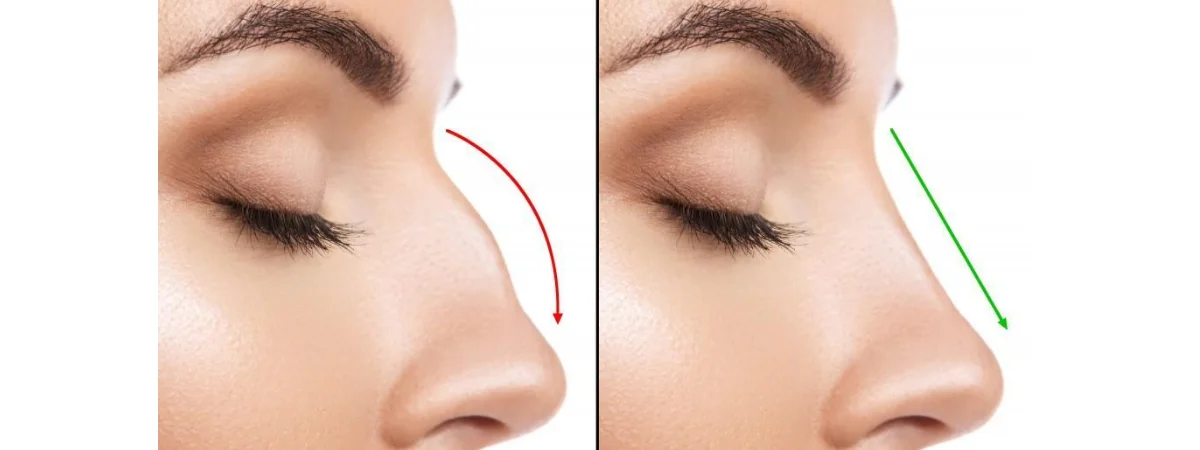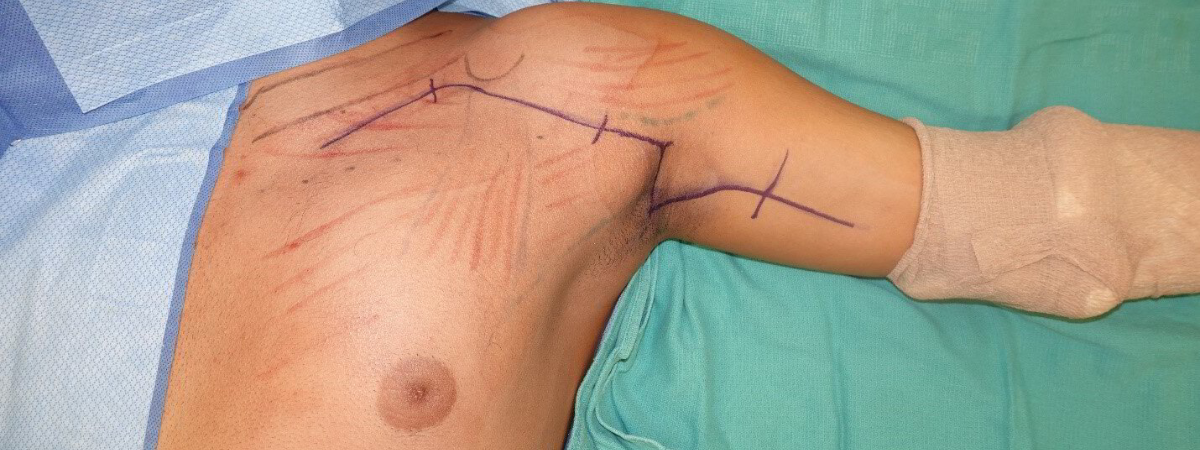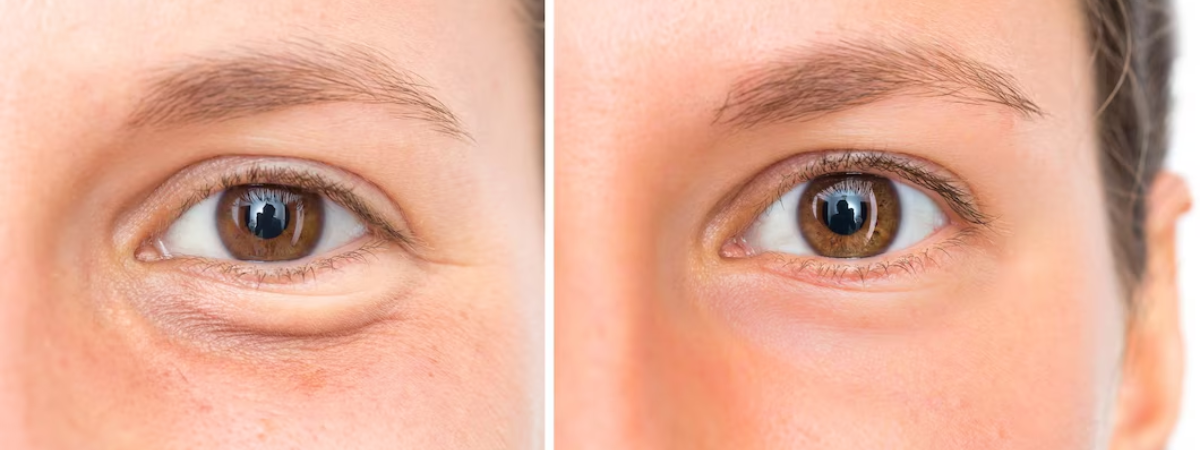Working Time
Book Appointment

Rhinoplasty is a type of surgery that is done to reshape the nose and enhance facial harmony. It can also be used to correct structural defects, including those that trigger breathing problems. Rhinoplasty is not a procedure with specific steps, it is customized specifically according to the goals of the patient undergoing the surgery.
The various changes associated with a rhinoplasty surgery are-
Evaluation and Candidacy:
Patients considering rhinoplasty should have realistic expectations and be in good health, with completed facial growth.
Structural issues like nose width, size, angle, and symmetry are assessed, alongside cosmetic concerns such as bumps or drooping tips.
Procedure:
- Anesthesia: Patients receive either local or general anesthesia to ensure comfort during surgery.
- Incisions: Tiny incisions are made inside the nostrils to access the underlying bone and cartilage.
- Reshaping: Depending on the desired outcome, bone and cartilage may be rearranged, augmented, or removed. Tissues from other body parts or synthetic fillers may also be used.
- Redraping and Closure: The skin and tissue are repositioned over the reshaped framework, and incisions are sealed.
- Support and Packing: A splint is placed externally to support the new nose shape, with internal packing or gauze to reduce bleeding and keep the septum in place.
Recovery and Aftercare:
Recovery typically involves several weeks, with patients often returning to work within two weeks. Swelling may persist for weeks to months, gradually subsiding. Sunscreen, gentle hygiene, and avoiding pressure on the nose aid healing.
Patients are advised to maintain a healthy lifestyle to prolong the results.
Combined Procedures:
Rhinoplasty is often combined with other facial surgeries like chin reduction or augmentation, facelifts, or brow lifts to enhance overall facial harmony.
Results and Risks:
Results are lifelong but may take time to fully refine. Patients should understand that the surgery aims for improvement within facial proportions.
Risks include temporary swelling and bruising, bleeding, septal injury, infection, scarring, and asymmetry. Choosing an experienced surgeon minimizes risks. In essence, rhinoplasty is a highly individualized procedure tailored to meet the specific aesthetic and functional needs of each patient, with careful consideration of both desired outcomes and potential risks.
Recent Posts
Brachial Plexus Surgery

Read More
Peripheral Nerve Injury

Read More
Experience the Life-Changing Benefits of Blepharoplasty

Read More
Experience the Life-Changing Benefits of Blepharoplasty

Read More
How Rhinoplasty (Nose Job) Works?

Read More
Breast Augmentation- Preparation,Procedure And Recover

Read More